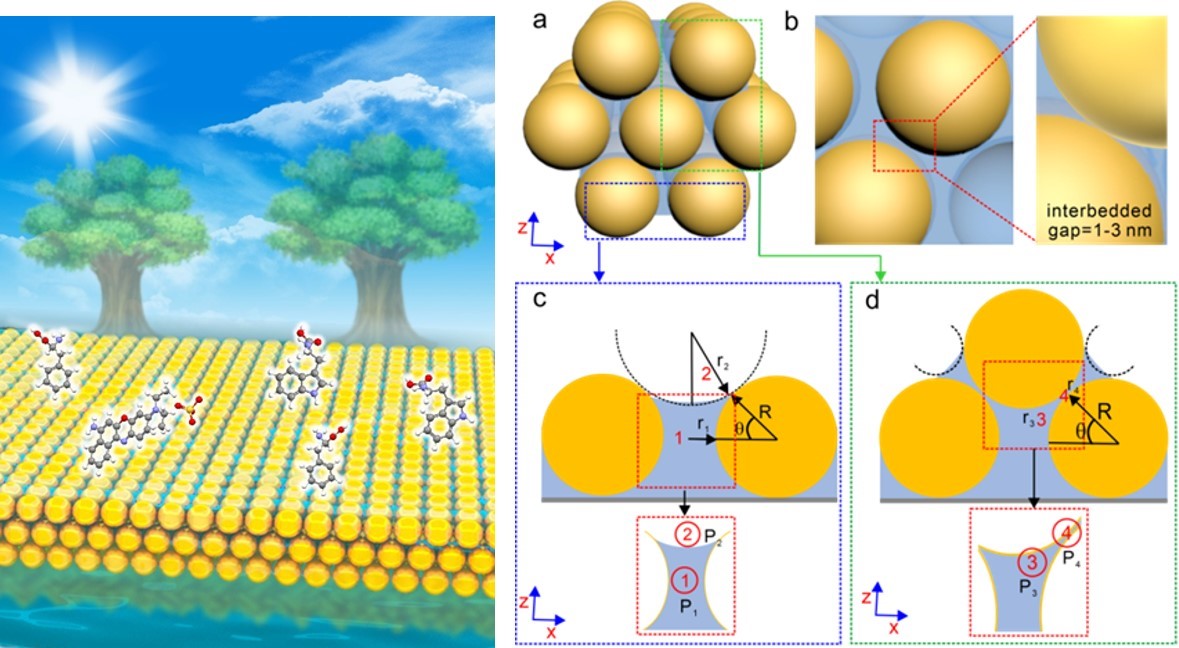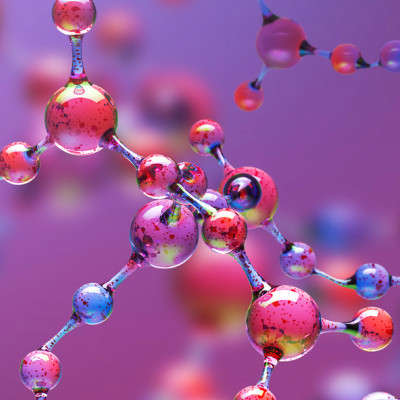Results were published in Advanced Optical Materials.
SERS is a molecular spectroscopy technology with fast, high sensitivity and fingerprint recognition properties.
In this study, the researchers developed a new SERS method for active capture of target molecules in small gaps between multiple layers naturally smaller than three nanometers, which was based on their previous research on the SERS method for automatic capture of target molecules in single-layer nanofilm hotspots.
They constructed a natural three-layer silver nanoparticle film structure with small interbedded gaps of one to three nanometers and a large number of hot spots by a liquid-liquid interface assembly method, which effectively increased the number of hot spots.
Due to the nano-pumping effect generated by these smaller gaps, the target solution could spontaneously move upwards through the nano-gaps, and the small gaps actively captured the target molecules, so that the signal of the target molecules would be greatly amplified for sensitive detection.
Compared with the traditional dry-state SERS method, the proposed method allows target molecules to enter hot spots more efficiently, and the detection limit is reduced by two to three orders of magnitude.

Schematic diagram of three-layer film transpiration (left); Principle of active capture of target molecules by small interbedded gaps (right).
The method offers a platform for trace dynamic detection and has been successfully applied to track material changes during sperm-egg cell binding. These results provide a new method for active transport of target molecules to optimal hot spots, and are expected to be used for ultra-sensitive detection or monitoring of biological systems in the fields of material transformation, cell behavior or chemical kinetics.
Read the original article on Chinese Academy of Sciences (CAS).
